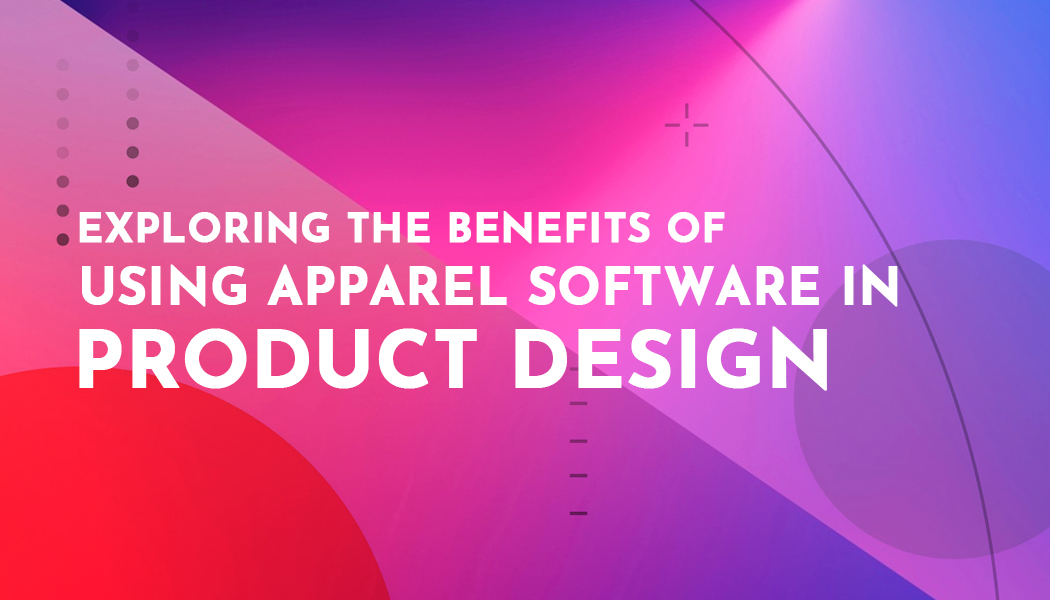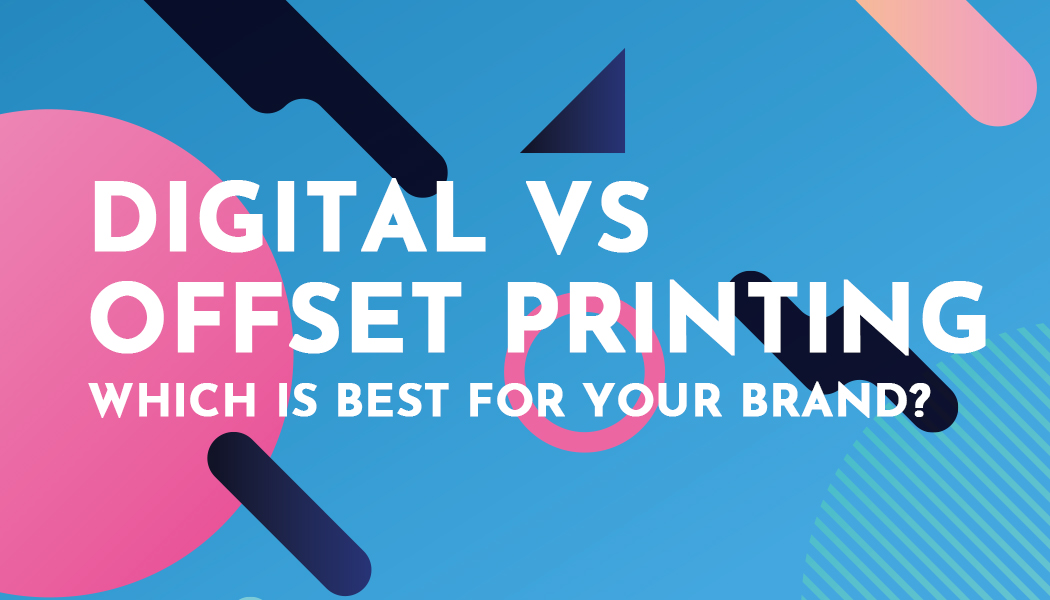Exploring the Benefits of Using Apparel Software in Product Design
Designing products for the fashion and apparel industry has become quite nuanced over the years. Maintaining a budget while meeting consumer demand can be tricky, especially in today’s unique climate. More than 35% of millennials want apparel that is ecologically and sustainably made, and 27% of European shoppers have slashed their apparel spending due to ethical concerns.
Your enterprise resource planning (ERP) software should work for you rather than against you when it comes to planning your business and designing on-brand products. There are countless benefits of using apparel software in product design, including facilitating the ever-important link between creativity and management. Learning more about apparel software and its capabilities is the first step in improving your products now and in the future.
Understanding Product Design in the Apparel Industry
According to an article published in the Journal of Global Fashion Marketing in 2022, product developers play a critical role in the design process, but very few people – including software designers and others in the fashion industry – truly understand their contributions. The benefits of using apparel software in product design can only be realized by breaking down the five steps of the design process.
-
Visualization: The first step in apparel design involves visualizing a concept. Once upon a time, this involved sketching with pencil and paper. Today, high-tech drawing and conceptualization apps make sketching simpler. They store data in the cloud, making it easier to retrieve and review.
-
Tech Pack Creation: A “tech pack” is essentially a blueprint for creating apparel. It includes the drawings from the visualization process, details about the apparel, and a list of the supplies and add-ons available.
-
Sample Creation: Samples are an important part of the apparel industry. These prototypes allow designers and potential buyers to review the product’s quality, the garment fit, material selection, and more.
-
Manufacturing: Once the samples have been perfected, the next step is manufacturing. Cutting, stitching, and finishing are all part of the manufacturing process whether the apparel is made exclusively by machines or 100% by hand.
-
Quality Control: Evaluating the quality of a product during and after the manufacturing phase is crucial. A series of checks and inspections look for flaws in the stitching or material, imperfect placement of logos, and more.
Product design does not end when the physical and aesthetic design is complete. It continues through the pre-production, manufacturing, and quality control phases.
Apparel Software’s Role in Improving Product Design
Quality apparel software enhances collaboration and improves visibility across all five phases of product design. When everyone on a team can view the a project from concept to completion, and when team members can communicate more easily, the product design process becomes more streamlined.
Boosting Workflow and Supply Chain Visibility
Apparel software serves the important role of boosting workflow visibility in ways that more generic ERP software simply cannot. Choosing software created by apparel designers for apparel designers ensures that teams have access to the data they need in real time. If there is a problem with the tech pack, the teams responsible can make immediate adjustments to keep the design process flowing. If an issue arises during quality control, teams can quickly make the required adjustments and get production back on track.
Apparel software also makes it easier than ever to keep a close watch on your supply chain and make adjustments as needed. With it, apparel brands can keep tabs on their inventory, and manufacturers can place orders from vendors with ease.
Enhancing Collaboration
Apparel software enhances collaboration among everyone involved in the apparel design process. Rather than waiting for phone calls, text messages, or emails, it is possible to work together collaboratively in one cloud-based platform. Mobile apps allow this collaboration to take place from anywhere in real time. In a matter of seconds, designers can make adjustments to color, apparel manufacturers can peek at their quality control results, and brands can ensure that they have the inventory they need to meet demand.
Benefits of Using Apparel Software in Product Design
The benefits of using apparel software in product design go much deeper than better collaboration and visibility. Excellent apparel ERP software can make automation, scaling, onboarding, data analysis, transactions, and integrations easier than ever.
Automating Processes
Apparel software can automate many tedious and repetitive processes, such as resizing designs or allocating inventory to a specific e-commerce platform. Automating these tasks gives teams more time to focus on more meaningful projects.
Scaling and Resizing
As a brand or company grows, buying new licenses for software and programs becomes costly. Quality apparel software grows with the brand and makes scaling a breeze. Whether a business adds one new employee to their payroll or opens a second location across the country, the software should scale almost instantly to accommodate the business needs.
Onboarding: Setup and Use
Software designed specifically for the apparel industry is more intuitive, which means product designers can use it confidently from the start. There should never be a complicated learning curve, and teams should not need to spend days figuring out how to perform simple tasks in the software.
Data Analysis and Reporting
Good software should make it easy to analyze data and create reports that can be used to improve operations, avoid mistakes, or reduce overhead costs in the future. In just a few clicks or taps, it should be possible to compare quarterly profits or view last month’s payment to a specific vendor.
Transactions
Streamlined transactions keep everything in one place and allow for quick income and expenditure reports. Businesses no longer need to rely on complex banking or bookkeeping apps to see or analyze their transactions.
Integration
Many apparel brands sell their wares with the help of platforms like Shopify and Magento, rely on companies like FedEx and UPS for shipping, and use QuickBooks for their accounting and tax-related needs. Apparel software should easily integrate with these (and other) services to make business management fast and simple.
Tips for Choosing Apparel Software for Your Business
To start reaping the benefits of using apparel software in product design, it is important to choose the right software provider from the start. The following tips can help you make an informed choice.
-
Choose software designed specifically for your industry. Many of the most popular ERP systems offer plenty of features in a generic, cookie-cutter style. When you choose apparel-specific software, you can feel confident that you will have access to everything you need to thrive.
-
Analyze your needs and goals. What does your five-year business plan look like? What do you need to get there? What kinds of software and integrations would streamline that process? Answering these questions – and getting your teams’ input, too – can help you make the right choice.
-
Look for seamless integrations with your must-have apps and platforms. Are you listing your products in your online store via Shopify? Do you rely on QuickBooks to help you manage your tax liability? Find software that easily integrates with these applications to consolidate and streamline your business management needs.
-
Find a partner and not just another vendor. Choose software developed by a company that is passionate about your industry. Ideally, your software provider should serve more as a partner rather than just another vendor. You need software from a company that genuinely wants to see you thrive and grow.
-
Choose a product that offers a one-stop shop for your apparel business management. Rather than purchasing several different types of software, look for apparel software that does it all: inventory management, product development and design, e-commerce integration, bookkeeping, trade show and sales, and more should all fall under the same virtual roof.
Apparel companies face many challenges in the digital age. From choosing sustainable products that satisfy the demands of their audiences to managing transactions and keeping track of an ever-growing inventory, apparel software should make business management simpler – never more complex. The right apparel software can streamline the product design process by enhancing collaboration, increasing workflow visibility, and more.
N41’s apparel ERP software was designed by a team with more than a decade of experience in the apparel industry, and we strive to meet our clients’ complex needs with our all-in-one suite of ERP tools. Please reach out to us for a free demo, or visit our website to learn more.




